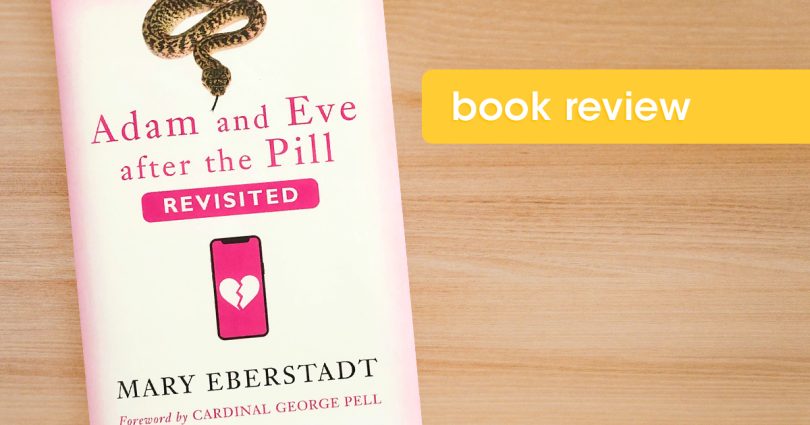Mary Eberstadt reprises her successful Adam and Eve after the Pill with this follow up that shifts the focus from the micro to the macro level, from the sexual revolution’s corrosive impact on individuals and families to its debilitation of families and society. Well documented and based on revised, previously published articles, this book articulates a coherent account of social and institutional decline, both secular and sacred.
“Sexual asymmetry” is pro-life writer Erika Bachiochi’s term for the phenomenon that women are profoundly more implicated in the consequences of sexual intercourse than men. Roe’s solution is that abortion balances that asymmetry by allowing women, like men, to walk away from those consequences: children. Bachiochi challenges an “equality” that makes women model men, and Eberstadt argues that the abortion “resolution” is a lie, leaving women disadvantaged by still letting men abandon fatherhood.
It is that abandonment of paternity that Eberstadt argues has affected society in three ways: Americans are losing father, Father, and fatherland.
Fatherless families are documented wellsprings of multiple forms of social deviancy. Children deprived of stable families made of a mother and a father—to both of whom they are related—are poster cases for social problems. Contraception further compounds the problem; such families are smaller, automatically limiting the number of people with whom a child’s normal socialization and interaction would lead to healthier outcomes. Eberstadt argues that, lacking a sense of belonging at home, many seek ersatz substitutes in identity politics.
Dysfunctional fatherhood also challenges children’s relationships with a heavenly Father. Could the mass exodus of young Americans from organized religion be correlated with their lack of, or antagonism to, the images of father they have (not) known? Are churches that accommodate the sexual revolution digging their own graves?
Finally, how does someone, absent a sacrificing father (and mother), build values of larger community commitment when children’s most primordial experience of community is impoverished? That includes country. Eberstadt provocatively asks whether, by adopting destructive substitute identities, young people are not really just targeting the wrong agent for the social injustice of which they really are victims. Could many of these protests be a perverse cry for help?
Many critics will undoubtedly dismiss this book as “simplistic” and a conservative diatribe against all things woke, but critics’ “complexities” usually serve to obfuscate a frank public discussion of what 60 years of the sexual revolution have wrought. I believe their protests are rather cover for fear that the inviolability and irreversibility of the sexual revolution may not be so assured. Eberstadt touches a nerve when she suggests that the fall of Roe may also suggest that those “closed” questions are not hermetically sealed. Regarding her diagnosis, she’s spot on, asking: “Did the revolution usher in widespread social decline? Or did it not? The evidence presented [in the companion books] may be unwelcome. But it does not make it less compelling” (p. 22).
Adam and Eve after the Pill Revisited by Mary Eberstadt, San Francisco: Ignatius Press, 2022, 199 pp.
CLM also reviewed Mary Eberstadt’s Adam and Ever after the Pill when it was released in 2013. Read that review here.


Facebook Comments